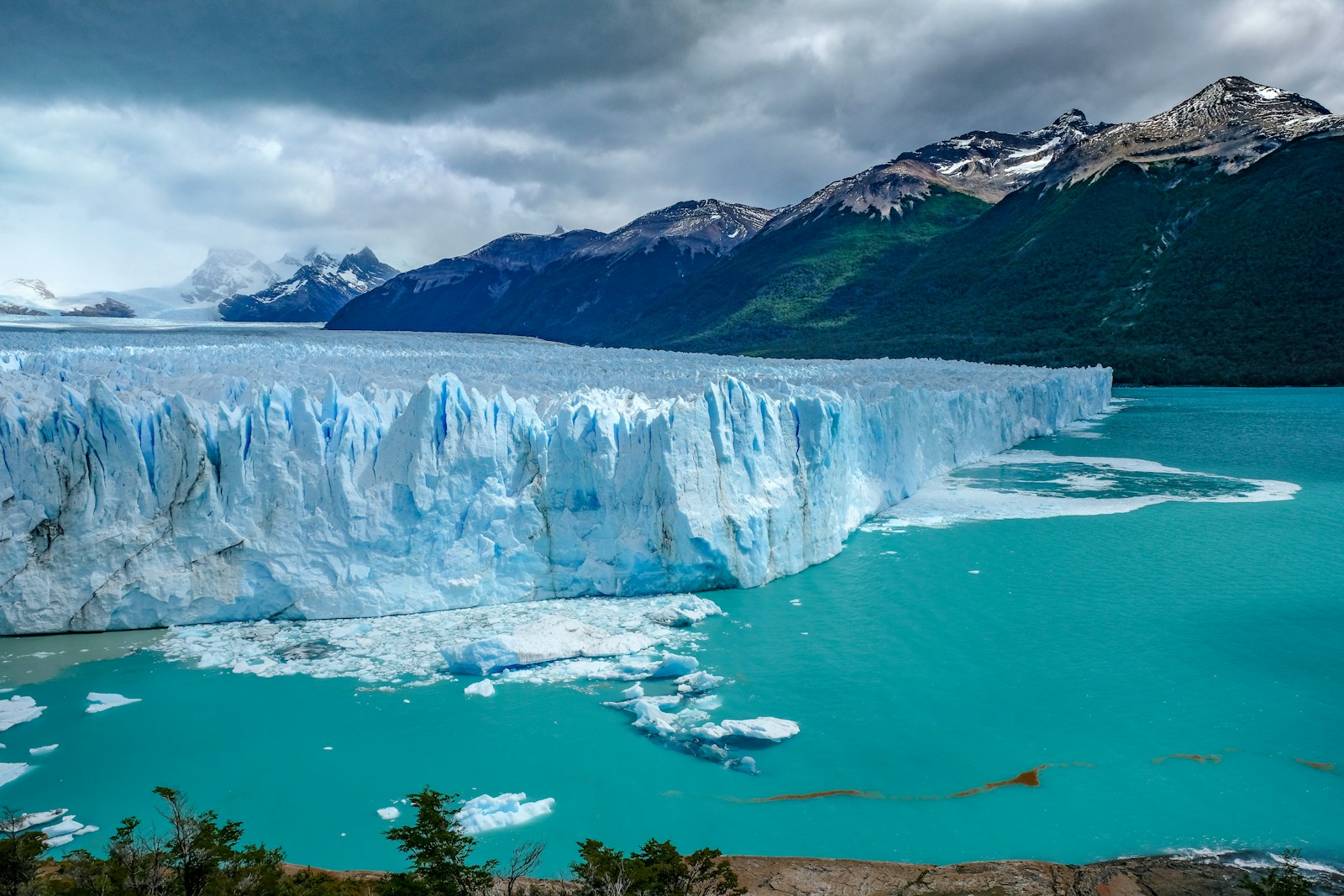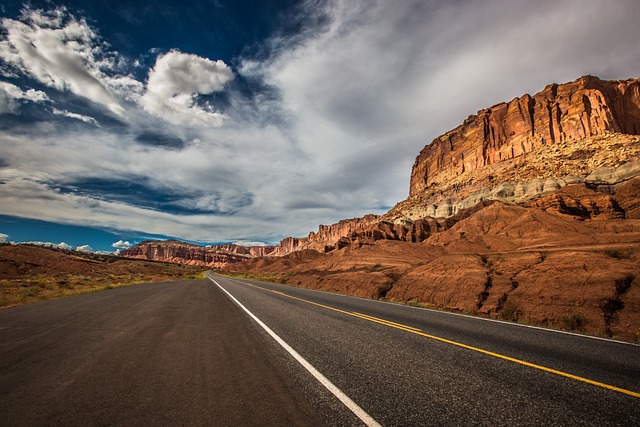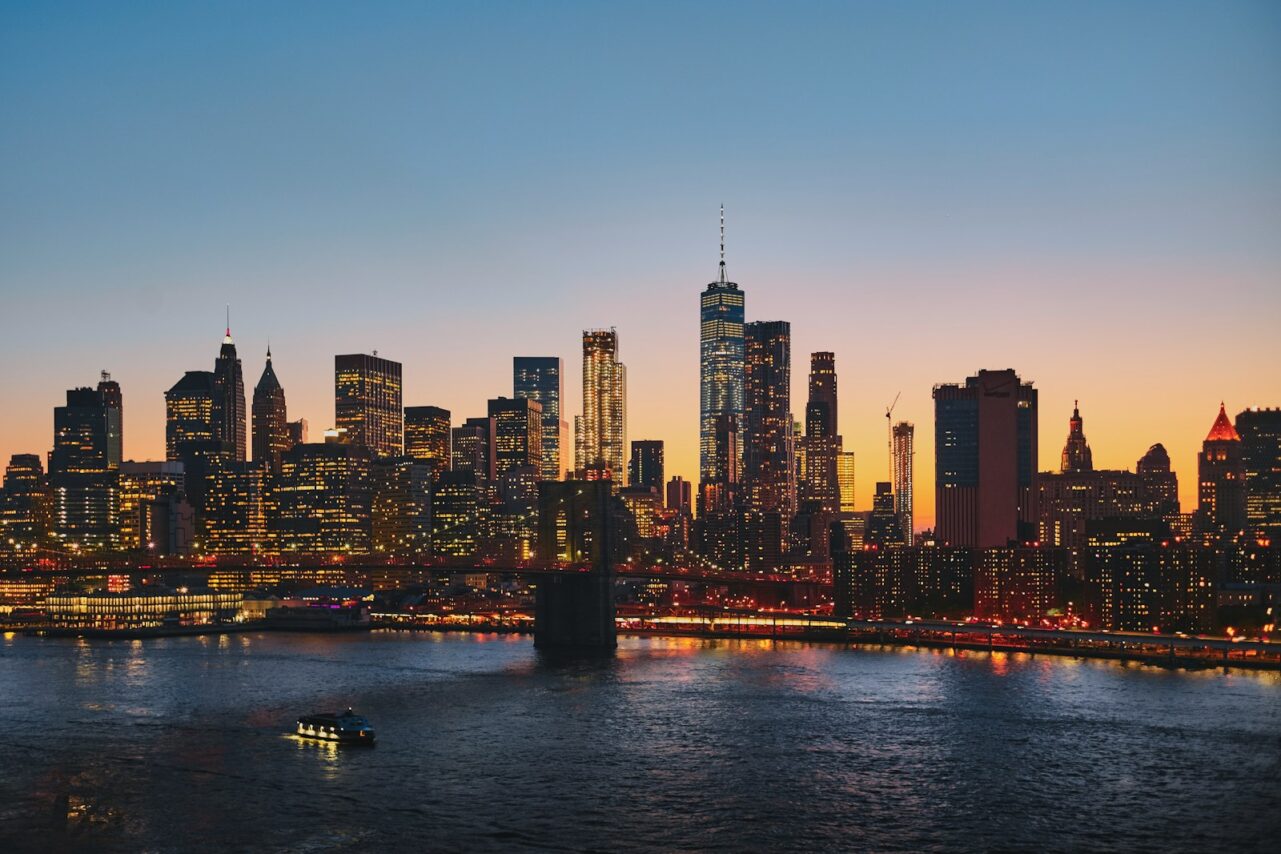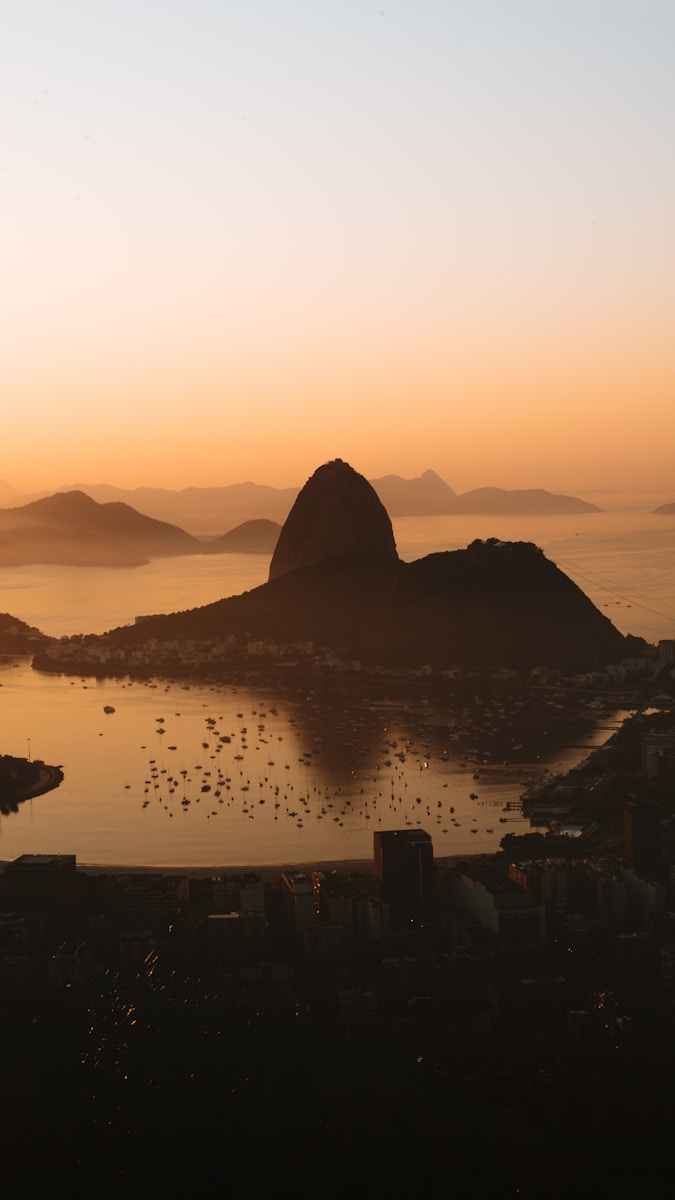-
Table of Contents: Patagonia Hiking Guide
- Introduction
- Breathtaking Landscapes: The Beauty of Patagonia
- Essential Gear for Hiking in Patagonia
- Top Hiking Trails in Patagonia: A Comprehensive Guide
- Wildlife Encounters: Flora and Fauna of Patagonia
- Best Time to Visit Patagonia for Hikers
- Safety Tips for Hiking in Remote Patagonia
- Cultural Experiences: Engaging with Local Communities in Patagonia
- Conclusion
Introduction
Patagonia, a remote and breathtaking region located at the southern end of South America, is a hiker’s dream destination that captivates adventurers with its stunning landscapes and diverse ecosystems. Spanning both Chile and Argentina, this vast wilderness is characterized by towering mountains, expansive glaciers, lush forests, and pristine lakes. The region offers a myriad of hiking trails, ranging from challenging multi-day treks to leisurely day hikes, each providing unique opportunities to experience its natural beauty. With iconic sites such as Torres del Paine National Park and Los Glaciares National Park, Patagonia beckons outdoor enthusiasts to explore its rugged terrain, witness its rich wildlife, and immerse themselves in the tranquility of nature. Whether seeking solitude or adventure, this Patagonia hiking guide promises an unforgettable experience for hikers of all levels.
Breathtaking Landscapes: The Beauty of Patagonia
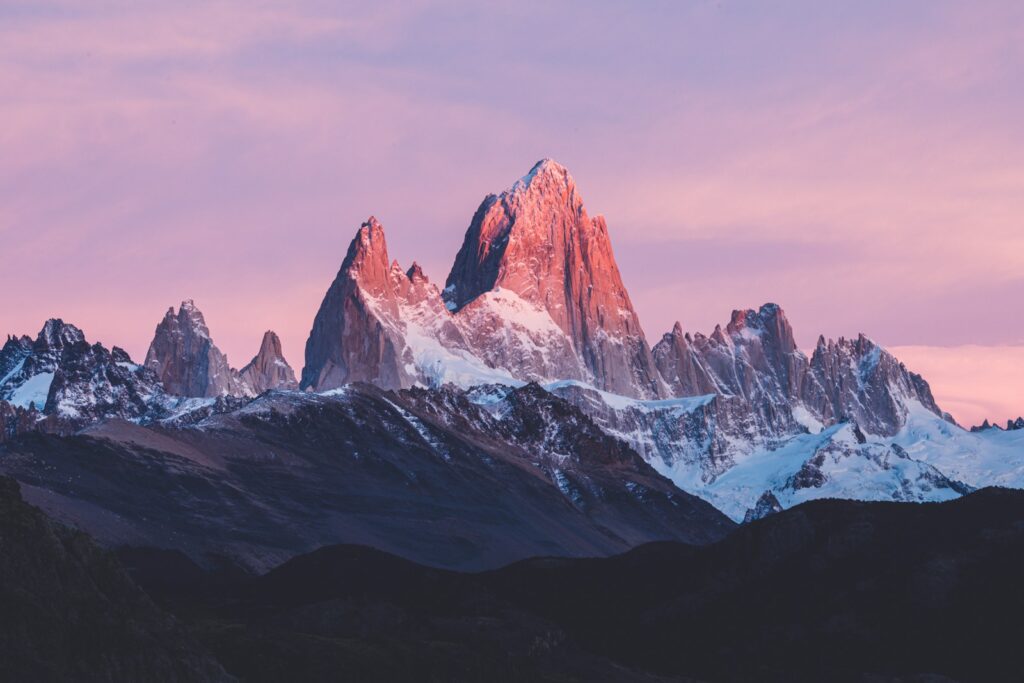
Nestled at the southern tip of South America, Patagonia is a hiker’s paradise, offering a stunning array of natural wonders that seem almost otherworldly. From jagged mountain peaks to sprawling glaciers, the beauty of Patagonia is nothing short of mesmerizing.
One of the most iconic sights in Patagonia is the towering Fitz Roy massif, which rises dramatically from the surrounding plains. The sheer granite faces of these mountains are a magnet for climbers and trekkers alike, drawing adventurers from all corners of the globe. As you hike through the trails leading to its base, you’ll be treated to panoramic views that will leave you breathless. The vibrant colors of the wildflowers in the foreground contrast beautifully with the stark, rugged mountains in the background, creating a picturesque scene that feels like it’s straight out of a postcard.
But the beauty of Patagonia isn’t limited to its mountains. The region is also home to some of the most stunning glaciers in the world, such as the Perito Moreno Glacier. This massive ice formation is not only a sight to behold but also a reminder of the power of nature. As you stand at the viewing platforms, you can hear the thunderous cracks and booms as chunks of ice calve off the glacier and crash into the turquoise waters below. It’s a humbling experience that connects you to the raw forces of the earth, making you appreciate the delicate balance of our planet’s ecosystems.
Transitioning from the glaciers, you’ll find yourself wandering through lush forests filled with ancient trees and vibrant wildlife. The trails are often lined with lenga and coihue trees, their gnarled branches creating a natural canopy overhead. As you hike deeper into the woods, you might catch a glimpse of a guanaco grazing peacefully or hear the distant call of a condor soaring high above. The diversity of flora and fauna in Patagonia is astounding, and every step you take feels like an invitation to explore more of this untamed wilderness.
As you continue your journey, the landscapes shift dramatically, revealing the vast steppe that stretches out like a golden sea. This open expanse is dotted with unique rock formations and offers a stark contrast to the towering mountains and dense forests. The sunsets here are particularly magical, painting the sky in hues of orange, pink, and purple as the sun dips below the horizon. It’s a moment that makes you pause and reflect on the beauty surrounding you, reminding you of the simple joys of being in nature.
Essential Gear for Hiking in Patagonia
In Patagonia, the right gear can make all the difference between an unforgettable adventure and a challenging ordeal. This stunning region, known for its dramatic landscapes and unpredictable weather, demands that you come prepared. So, let’s dive into the essential gear you’ll need to ensure your hiking experience is as enjoyable as the breathtaking views.
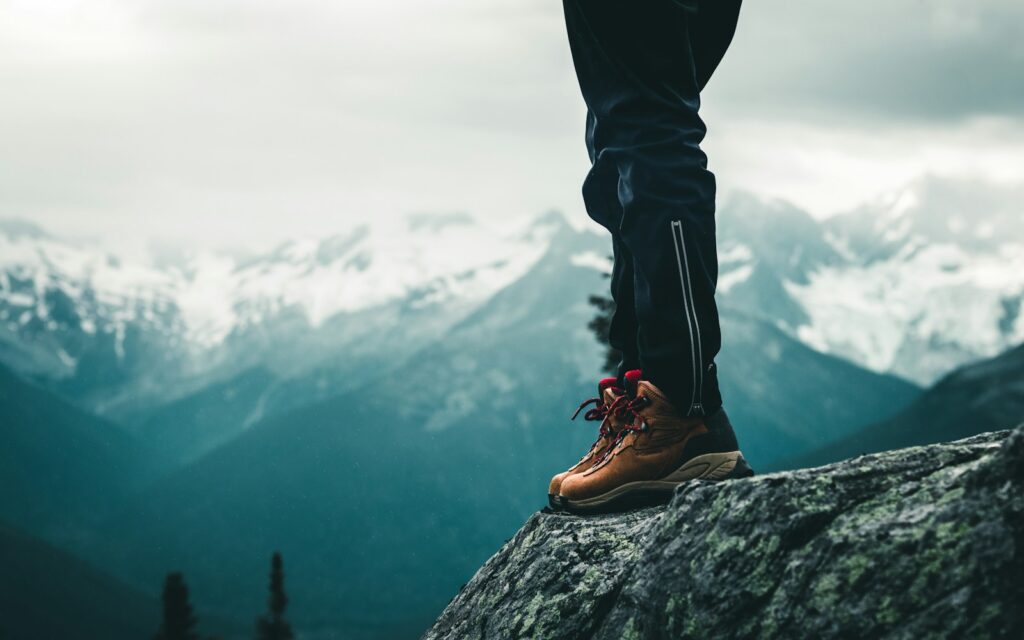
First and foremost, a good pair of hiking boots is non-negotiable. You’ll want something sturdy, waterproof, and with excellent traction. The trails can be rocky and uneven, and you definitely don’t want to be slipping around or, worse, nursing blisters halfway through your trek. Look for boots that offer ankle support, especially if you plan on tackling some of the more rugged paths. Once you’ve got your footwear sorted, it’s time to think about your clothing. Layering is key in Patagonia, where the weather can change in the blink of an eye. Start with a moisture-wicking base layer to keep sweat at bay, then add an insulating layer, like a fleece or down jacket, for warmth. Finally, a waterproof and windproof outer layer is essential to shield you from the elements. Trust me, you’ll be grateful for that extra layer when the wind picks up or the rain starts to fall.
Now, let’s talk about backpacks. A good daypack should be comfortable and spacious enough to carry your essentials without weighing you down. Look for one with padded straps and a hip belt to distribute the weight evenly. You’ll want to pack enough water and snacks to keep your energy up, so a hydration system or water bottles are a must. Staying hydrated is crucial, especially when you’re exerting yourself on those steep trails. As for snacks, think high-energy options like trail mix, energy bars, or jerky—anything that’s easy to munch on while you’re on the move.
Also don’t forget about navigation tools. While many trails in Patagonia are well-marked, it’s always a good idea to have a map and compass or a GPS device on hand because cell service can be spotty in remote areas.
Lastly, let’s not overlook the importance of a first-aid kit. Accidents can happen, even on the best-planned hikes, so it’s wise to be prepared. Pack some basic supplies like band-aids, antiseptic wipes, and any personal medications you might need. It’s a small investment for peace of mind while you’re out exploring.
Top Hiking Trails in Patagonia: A Comprehensive Guide
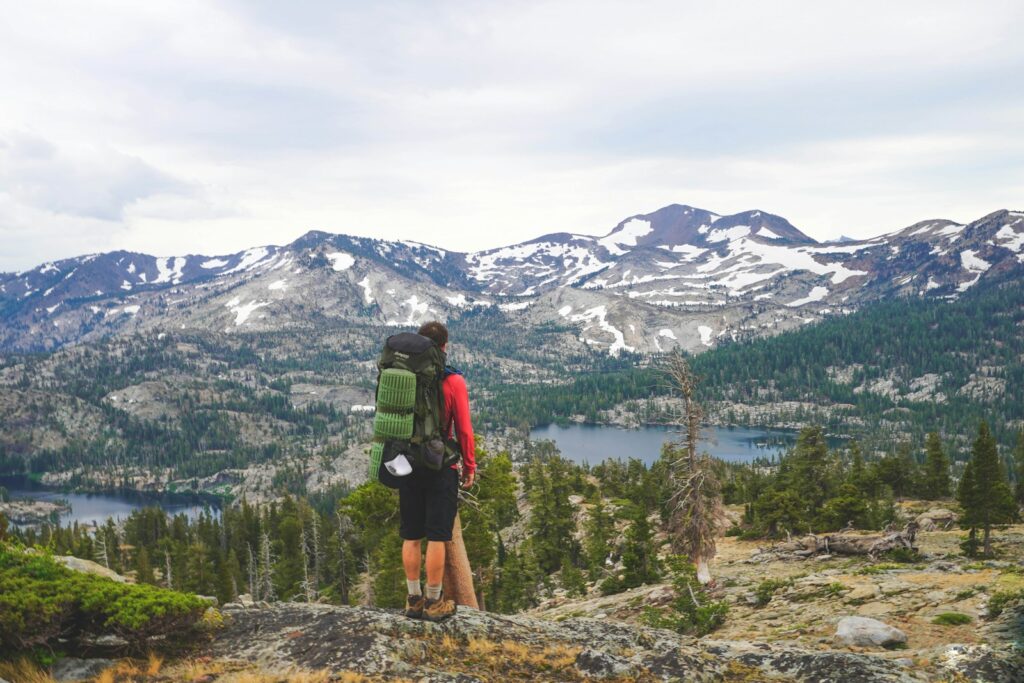
If you’re dreaming of a hiking adventure that combines breathtaking landscapes, diverse ecosystems, and a sense of wild freedom, then Patagonia should be at the top of your list. This region is a hiker’s paradise, offering trails that cater to everyone from casual walkers to seasoned trekkers.
First up is the iconic Torres del Paine National Park in Chile. This place is practically a mecca for hikers, and for good reason. The famous W Trek is a highlight, taking you through stunning valleys, past glacial lakes, and right up to the towering granite spires that give the park its name. The trek typically takes about four to five days, and while it can be challenging, the views are absolutely worth it. Imagine waking up to the sight of the sun rising over the Torres, painting the sky in hues of orange and pink. It’s a sight that will stay with you long after your boots have left the trail.

If you’re looking for something a bit less crowded, consider the Huemul Circuit near El Chaltén in Argentina. This lesser-known gem offers a more intimate experience with nature. The trail takes you around the stunning Lago Viedma and offers breathtaking views of the Southern Patagonian Ice Field. The circuit is a bit more rugged, so be prepared for some challenging sections, but the solitude and pristine beauty make it all worthwhile. Plus, you might even spot some wildlife along the way, like guanacos or condors soaring overhead.
Speaking of El Chaltén, this charming little town is often referred to as the trekking capital of Argentina. From here, you can access a variety of trails, including the popular Laguna de los Tres hike. This relatively short trek leads you to a stunning glacial lake with a view of the majestic Mount Fitz Roy. The trail is well-marked and offers plenty of opportunities to take in the scenery, so don’t forget your camera! The vibrant turquoise waters of the lake against the backdrop of jagged peaks create a picture-perfect scene that’s hard to beat.
For those seeking a more remote experience, the Dientes de Navarino Circuit on Navarino Island is an adventure like no other. This trail is one of the southernmost in the world and offers a true sense of wilderness. The circuit takes about four to five days to complete, and while it’s not for the faint of heart, the rugged beauty of the landscape is simply awe-inspiring. You’ll traverse through forests, cross rivers, and climb up to stunning viewpoints that will make every step worth it.
As you explore these trails, it’s important to remember that Patagonia is a place of unpredictable weather. So, packing layers and being prepared for anything is key.
Wildlife Encounters: Flora and Fauna of Patagonia
As you start your hike, you’ll quickly realize that Patagonia is a living tapestry of ecosystems. From the windswept plains of the steppe to the lush temperate rainforests, each area boasts its own unique set of plants and animals. For instance, as you trek through the Torres del Paine National Park, keep your eyes peeled for the iconic guanaco, a relative of the llama that roams the rugged terrain. These graceful creatures are often seen grazing on the sparse vegetation, and their curious nature makes for a delightful encounter.

But the guanaco is just the tip of the iceberg. If you’re lucky, you might spot the elusive puma, the apex predator of the region. While they tend to be shy and elusive, the thrill of catching a glimpse of one in its natural habitat is an experience you won’t soon forget. As you continue your hike, you may also come across the Andean condor soaring majestically overhead. With a wingspan that can reach up to ten feet, these magnificent birds are a symbol of freedom in the skies of Patagonia.
As you venture deeper into the forests, the flora becomes just as captivating as the fauna. The lenga and coihue trees create a stunning canopy, while vibrant wildflowers dot the landscape, adding splashes of color to the earthy tones. The unique microclimates in Patagonia support a variety of plant species, some of which are found nowhere else on Earth. The sight of a blooming calafate bush, with its sweet blue berries, is a reminder of the region’s rich biodiversity. And if you’re feeling adventurous, be sure to sample the berries; legend has it that if you eat them, you’ll return to Patagonia one day!
Transitioning from the forest to the coastline, the wildlife encounters only get more exciting. The fjords and coastal areas are home to a plethora of marine life. If you’re near the Beagle Channel, keep your eyes peeled for sea lions basking on the rocks or playful dolphins leaping through the waves. And let’s not forget about the whales! Depending on the season, you might witness the majestic southern right whale or the agile humpback whale breaching the surface, creating a spectacle that will leave you breathless.
As you hike through this incredible region, it’s essential to remember that these wildlife encounters are not just about the thrill of seeing animals; they’re also about understanding the delicate balance of ecosystems. Each species plays a vital role in maintaining the health of the environment.
Best Time to Visit Patagonia for Hikers
If you’re dreaming of visiting Patagonia, timing your visit is crucial to make the most of your experience. So, when is the best time to lace up your hiking boots and hit the trails in Patagonia?
Generally speaking, the prime hiking season in Patagonia runs from late spring to early autumn, specifically from October to April. During these months, the weather is relatively mild, and the days are longer, giving you ample daylight to explore the rugged terrain. October marks the beginning of spring, and while the weather can still be a bit unpredictable, it’s a fantastic time to witness the blooming wildflowers and the awakening of nature after the long winter. If you’re lucky, you might even catch a glimpse of snow-capped peaks contrasting beautifully with vibrant green valleys.
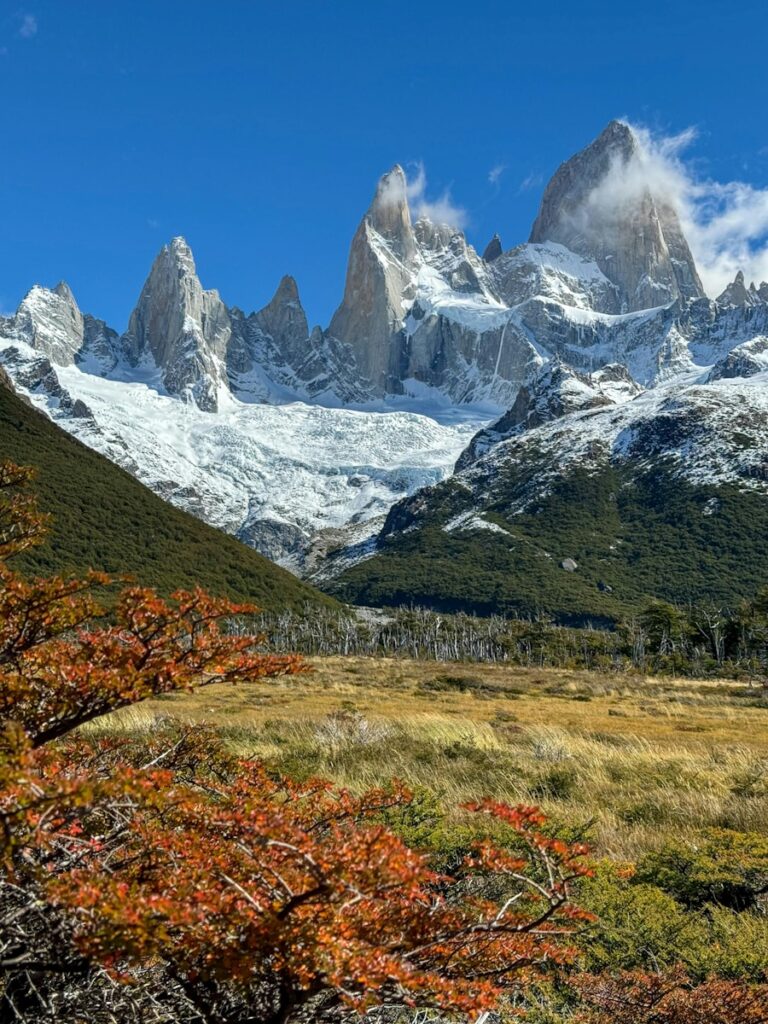
As you move into November and December, the weather starts to warm up, making it an ideal time for hiking. The trails are less crowded compared to the peak summer months, allowing you to enjoy the serenity of the landscapes without feeling rushed. Plus, the longer daylight hours mean you can tackle those challenging hikes without worrying about getting caught in the dark. Just imagine standing atop a mountain, soaking in panoramic views of glaciers and turquoise lakes, all while the sun lingers in the sky. It’s pure magic.
However, if you’re looking for the ultimate Patagonian experience, January and February are the peak months for hiking. This is when the weather is at its warmest, and the trails are bustling with fellow adventurers. While you might have to share the trails with more people, the vibrant atmosphere can be invigorating. Just be prepared for the occasional rain shower, as Patagonia is known for its unpredictable weather. But hey, a little rain never hurt anyone, right? In fact, it often leads to stunning rainbows arching over the mountains, adding to the region’s charm.
As you approach March and April, the crowds begin to thin out, and the fall colors start to paint the landscape in hues of gold and red. This is a fantastic time for those who prefer a quieter experience. The weather can be a bit cooler, especially in April, so layering up is essential. However, the stunning autumn scenery makes it all worthwhile. Picture yourself hiking through forests adorned with fiery foliage, with the crisp air invigorating your senses. It’s a photographer’s dream!
Safety Tips for Hiking in Remote Patagonia
When hiking in remote Patagonia, safety should always be at the forefront of your mind. This stunning region, with its breathtaking landscapes and rugged terrain, is a hiker’s paradise, but it also comes with its own set of challenges. So, before you hit the trails, let’s chat about some essential safety tips that will help ensure your adventure is as enjoyable as it is memorable.
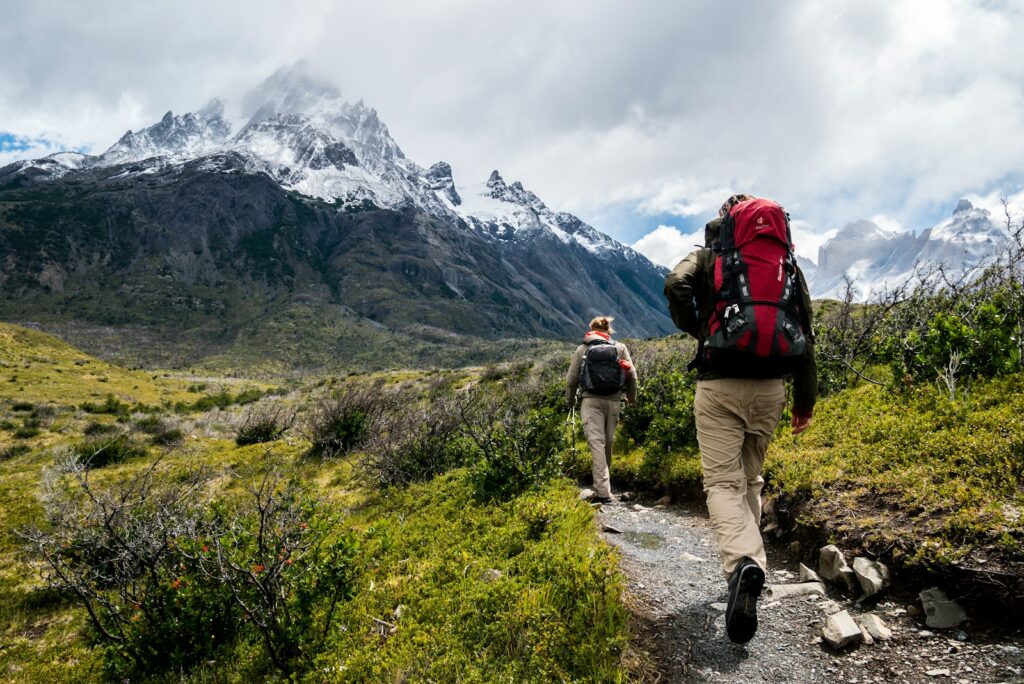
First and foremost, preparation is key. The weather in Patagonia can be notoriously unpredictable, shifting from sunny skies to torrential rain in a matter of minutes. Therefore, it’s crucial to check the weather forecast before you head out. But don’t just stop there; pack layers! A good rule of thumb is to dress in moisture-wicking base layers, insulating mid-layers, and a waterproof outer layer. This way, you can easily adjust to the changing conditions and stay comfortable throughout your hike.
Next, let’s talk about navigation. Cell service can be spotty in remote areas, so relying solely on your phone might not be the best plan. Familiarize yourself with the trail before you set off, and consider downloading offline maps just in case. This will not only help you stay on track but also give you peace of mind as you explore the stunning landscapes.
As you venture deeper into the wilderness, it’s important to stay hydrated and fueled. Carry enough water and snacks to keep your energy levels up, especially on longer hikes. A good rule of thumb is to drink about half a liter of water for every hour of moderate activity. If you’re unsure about water sources along the trail, consider bringing a portable water filter or purification tablets. Staying hydrated will help you maintain your stamina and enjoy the breathtaking views without feeling sluggish.
Moreover, wildlife encounters are part of the charm of hiking in Patagonia, but they can also pose risks. While most animals are more afraid of humans than we are of them, it’s wise to keep a respectful distance. If you happen to spot a guanaco or a condor, take a moment to appreciate the beauty from afar. Additionally, be aware of the potential for ticks and other insects, especially in warmer months. Wearing long sleeves and pants, along with insect repellent, can help keep those pesky critters at bay.
Another crucial aspect of hiking safety is knowing your limits. Patagonia offers trails for all skill levels, so choose one that matches your experience and fitness level. If you’re new to hiking, it might be best to start with shorter, well-trodden paths before tackling more challenging routes. Listen to your body, and don’t hesitate to turn back if you’re feeling fatigued or if conditions worsen.
Lastly, always let someone know your plans before you head out. Whether it’s a friend, family member, or your accommodation host, having someone aware of your itinerary can be a lifesaver in case of emergencies. In remote areas, help may not be readily available, so it’s better to be safe than sorry.
Cultural Experiences: Engaging with Local Communities in Patagonia
One of the best ways to immerse yourself in the local culture is by visiting small towns like El Chaltén or Puerto Natales. These charming hubs are home to warm, welcoming locals eager to share their stories. Picture yourself sipping a cup of mate, the traditional Argentine drink, while chatting with a gaucho about their life on the ranch. This simple act of sharing a drink can lead to fascinating conversations about the history, traditions, and daily life in Patagonia. You’ll quickly realize that the people here are as rugged and resilient as the landscapes they inhabit.
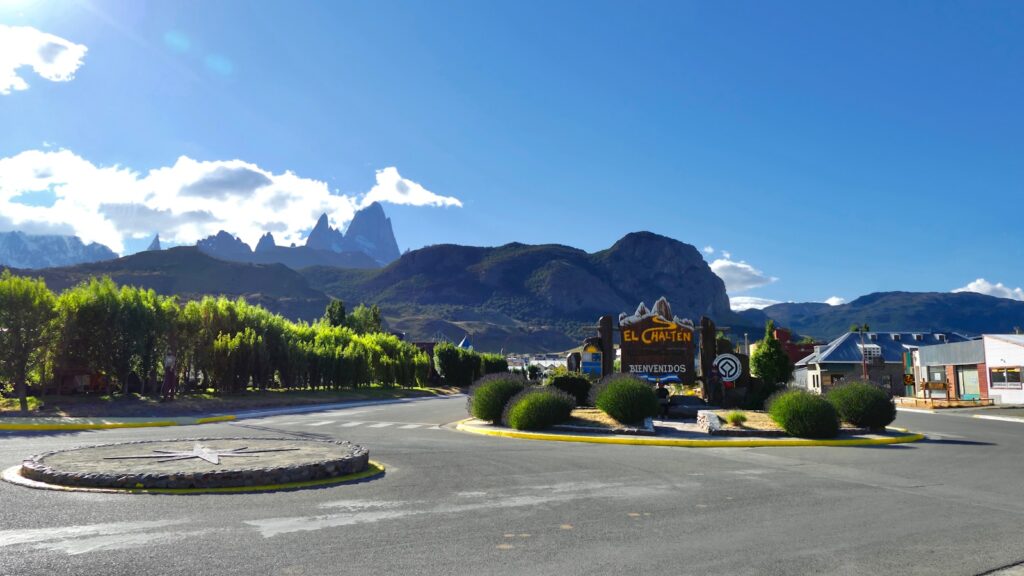
As you wander through these towns, don’t miss the chance to explore local markets. Here, you can find handmade crafts, artisanal foods, and unique souvenirs that reflect the region’s rich heritage. From colorful woven textiles to intricate wood carvings, each item tells a story of the land and its people. Engaging with local artisans not only supports their craft but also provides insight into the cultural significance behind their work. You might even find yourself picking up a few words of Spanish along the way, as locals are often more than happy to teach you a phrase or two.
Moreover, participating in community events can be a fantastic way to dive deeper into Patagonian culture. Depending on the time of year, you might stumble upon a local festival celebrating everything from traditional music to regional cuisine. These gatherings are filled with laughter, dance, and, of course, delicious food. Imagine savoring a plate of asado, a traditional barbecue, while listening to folk music that echoes the spirit of the land. It’s in these moments that you truly feel the heartbeat of Patagonia, connecting with the land and its people in a way that transcends mere sightseeing.
As you venture further into the wilderness, consider joining a guided hike led by local guides. Not only do they know the best trails and hidden gems, but they also share invaluable insights about the flora, fauna, and cultural history of the area. Their passion for the land is infectious, and you’ll find yourself captivated by tales of ancient indigenous cultures and the ongoing efforts to preserve the natural beauty of Patagonia. This connection to the land and its history adds a layer of depth to your hiking experience, transforming each step into a journey through time.
While the stunning landscapes of Patagonia are undoubtedly a major draw, it’s the cultural experiences that truly enrich your adventure. Engaging with local communities, participating in festivals, and learning from passionate guides allows you to see Patagonia through a different lens. So, as you plan your hiking trip, remember to leave some space in your itinerary for these cultural encounters. After all, it’s the people and their stories that make this wild and beautiful region feel like home.


